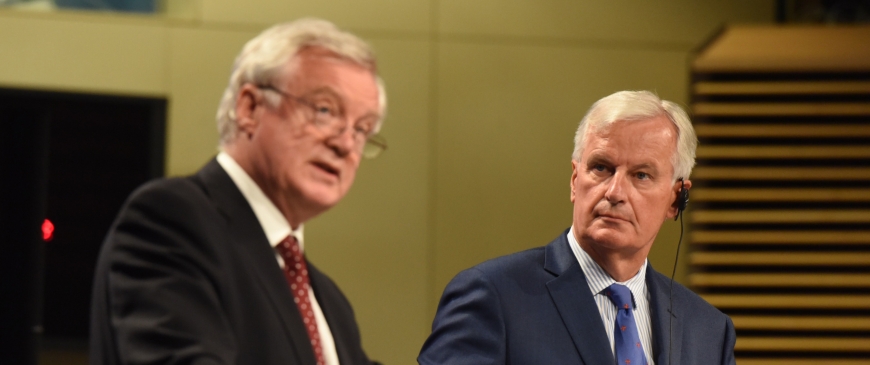
Of course we will strike a bespoke Brexit deal — but that's not the point
The government’s “Road to Brexit” series of speeches has kicked off, with Boris Johnson and the Prime Minister making contributions so far. But as yet we are none the wiser. The fundamental Brexit trade-offs have not been addressed. This can’t go on forever. The cabinet and Theresa May are fast approaching an unavoidable fork in the road: Canada or Norway. Canada or Norway. Canada or Norway. The European Union’s messaging has been relentless. “Pick one, and pick one soon.”
Yet the choice should not literally be understood as being between Canada (which simply has a free trade deal with the EU, called CETA) and Norway (which is far more deeply integrated, being part of the European Economic Area). Any future EU-UK partnership will be bespoke. Indeed, Angel Merkel accepted as much last Friday. But it will be bespoke within the parameters determined by the balance of market access and obligations typified by the two examples given.
To be slightly facetious, any UK trade agreement with the EU will not look exactly like Canada’s because, well, CETA mentions Canada 954 times. A UK-EU agreement will likely not mention Canada once. It is equally unlikely that our agreement would look exactly like Norway’s, if only because neither the EU nor Norway would want us disrupting the EEA agreement, which functions perfectly nicely as it is thank you very much.
Canada and Norway are illustrative. But they are given as examples for a reason.
If the UK is intent on extricating itself from the EU’s regulatory and enforcement regimes in order to “take back control” of its own rule-making process, then that is fair enough. But it cannot expect to receive the same levels of frictionless market access for its goods and services as now; frictionless market access that has been made possible by the EU institutions and shared rules that have emerged, not in spite of them. So it will be a trade agreement that looks something like CETA, but not actually CETA. (I would imagine it will look more like the initial vision of the now mothballed US-EU agreement, TTIP, or the Transatlantic Trade and Investment Partnership to use its full name).
If, on the other hand, we want to stay close to the EU, and are prepared to take on the obligations that come with it in regards to supranational oversight, enforcement and harmonisation of rules, then we can have a relationship of a similar depth to that enjoyed by Norway.
The key point is that both options involve trade-offs. It is not possible to have your cake and eat it. “Canada” prioritises perceived sovereignty over market access; “Norway” the reverse. And it is the reality of these trade-offs that prevents May from clearly stating her preference. Whichever option she chooses will result in a backlash. Canada means outrage from business, liberals, Remainers and anyone who has ever read (and understood) an economics text book; Norway from the Brexit hardcore for whom the freedom to strangle great crested newts and take to the seas has become a quasi-religion.
It is simultaneously a decision she needs to make, and one she couldn’t possibly.
But it is in the EU’s interest to force the issue. For one, if there is to be a future UK-EU partnership, the European Commission requires a negotiation mandate. And a mandate to negotiate an agreement that is broad and deep (Norway) looks very different from one that is narrow and shallow (Canada). Absent clarity from the UK, they will push ahead using Canada as a template.
But there is also a lingering hope that once May finally comes clean about the trade-offs inherent to both approaches, and their inferiority to EU membership, that it might prompt a public rethink.
Such a rethink is unlikely, but the recent barrage of pre-emptive forgiveness from Emmanuel Macron, Donald Tusk, Jean-Claude Juncker and others suggests a repentant prodigal son would be welcomed home. Two years wasted is better than ten.
The coming months will likely see performative wrangling over the detail of the standstill transitional Brexit period, and a flurry of innovative, implausible proposals from the UK designed only to buy time and, hopefully, domestic good will, but at some point soon the UK is going to have to choose. Canada or Norway. Whether to extricate itself or not.
May’s existing red lines, such as ending free movement and adherence to the rulings of the European Court of Justice, point towards Canada, but a lot can happen in six months (indeed, with Brexit, a lot can happen in an afternoon). Regardless, it’s not a matter of if, only when: the backlash is coming, and whether we choose to go left or right, or even turn around and head on home, the Brexit road is going to be bumpy.
Sam Lowe is a research fellow at the Centre for European Reform.
